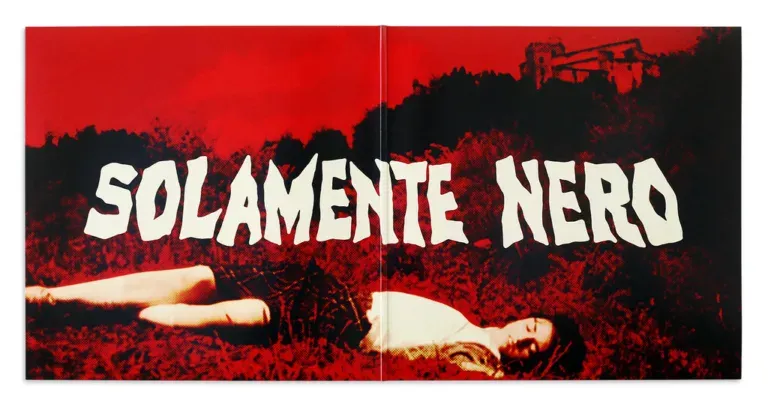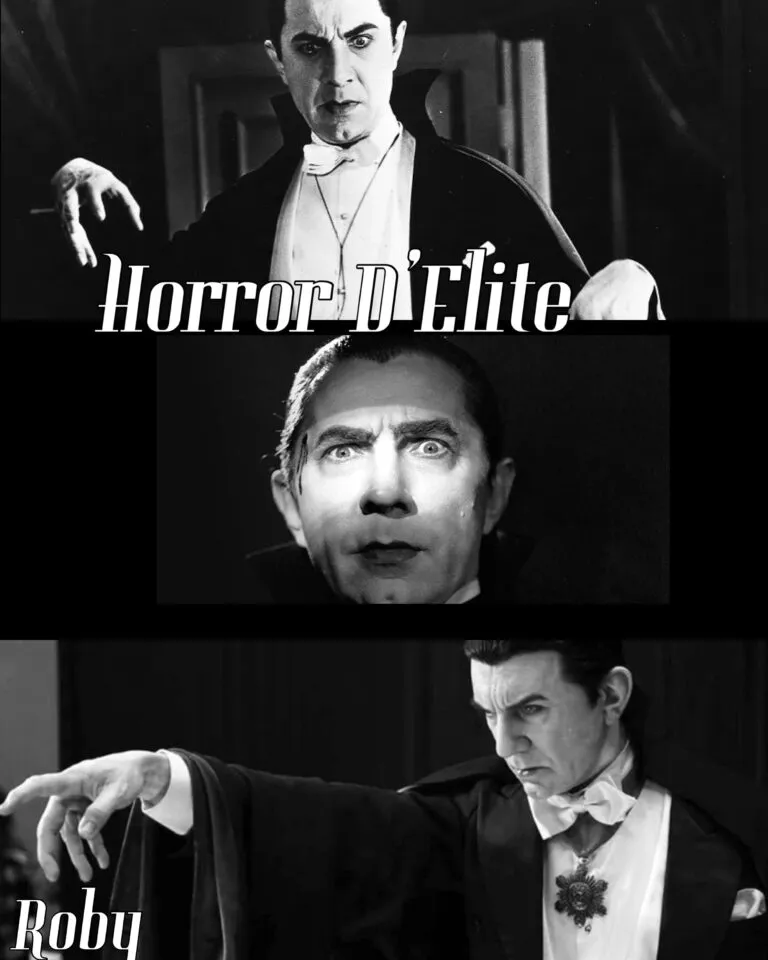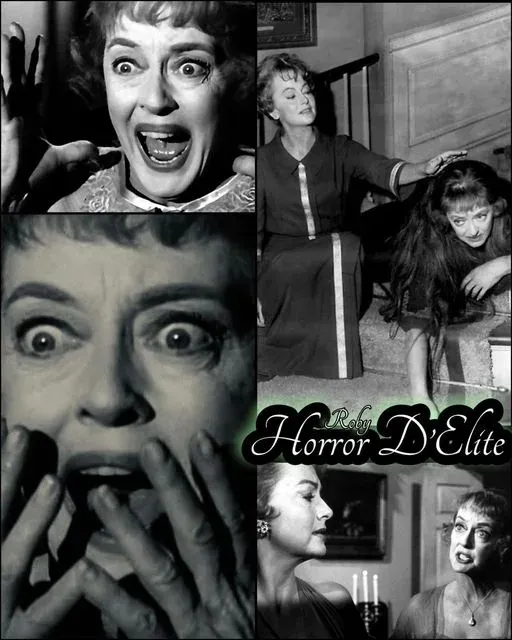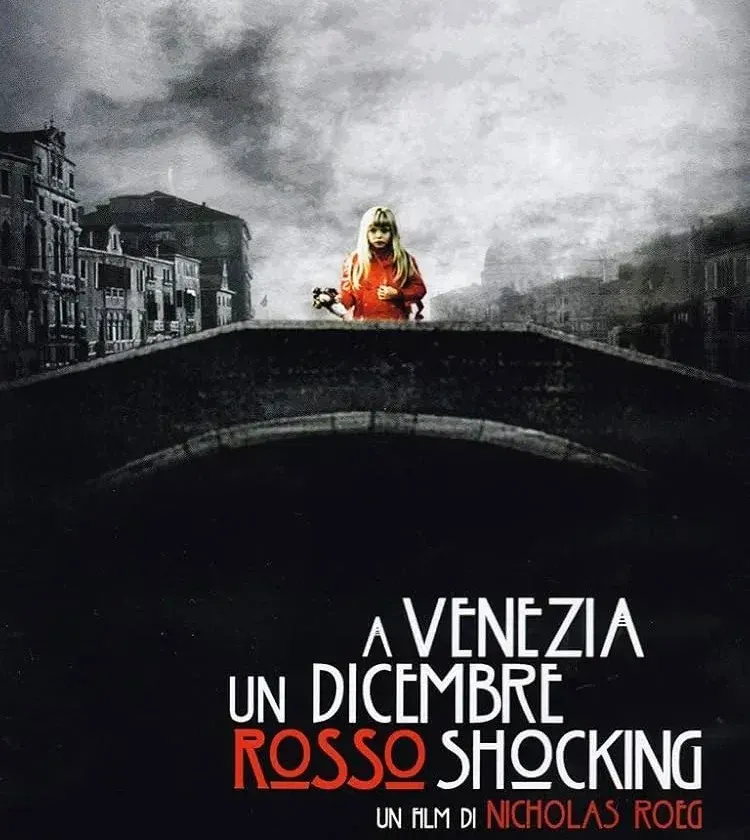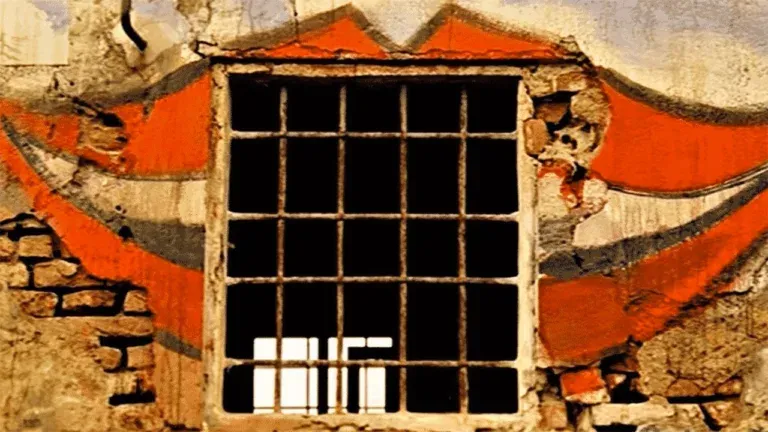Frankenstein (1931)
“Frankenstein” from 1931 had a significant impact on popular culture and cinema itself, influencing not only the horror genre but also cinematography as a whole.
Here are some key points that further expand its impact:
1. **Technical Innovations:** The film introduced several technical innovations that helped define the cinematic language of the time.
Among these were the use of light and shadow to create a dark and eerie atmosphere, and the use of special effects to bring Frankenstein’s monster to life.
These techniques influenced many subsequent directors in how they approached horror and fantasy cinema.
Social Reflection: Beyond being a simple horror film, “Frankenstein” also addresses broader social and philosophical themes.
The story of the man-made monster then abandoned, desperately trying to find his place in the world, has been interpreted as a metaphor for the negative consequences of unscrupulous scientific research and the anxieties surrounding technology and progress.
Response to Historical Context: The film was made during a period of great historical turmoil, with the Great Depression and the threat of Nazism in Europe.
Some critics have interpreted Frankenstein’s monster as a representation of the collective fears and anxieties of that time, embodying the threat of the unknown and destruction.
Enduring Cultural Influence:
The success and impact of the 1931 “Frankenstein” extended well beyond its release period. The character of Frankenstein’s monster has become an icon of popular culture, appearing in numerous other cinematic, television, literary, and artistic works.
Its image has been reinterpreted and reinvented in various ways over the years, demonstrating its relevance and lasting influence on popular culture.
In summary, the 1931 “Frankenstein” is not only a successful horror film but also a cinematic masterpiece that has left an indelible mark on the history of cinema and popular culture.
Its combination of technical innovation, social reflection, and cultural impact still make it a reference point in the world of cinema and beyond.


